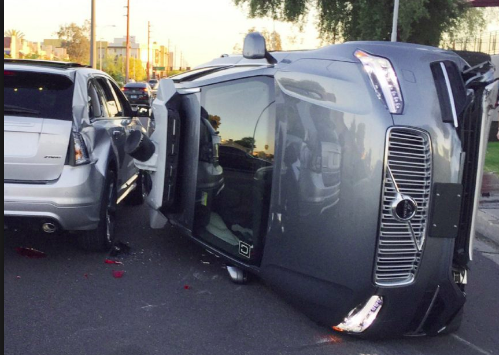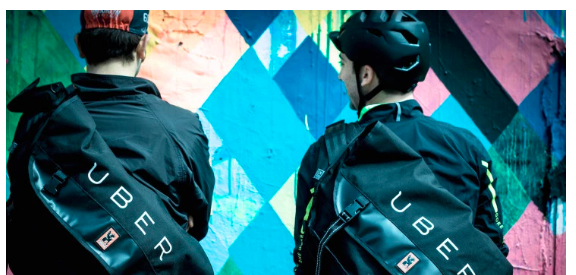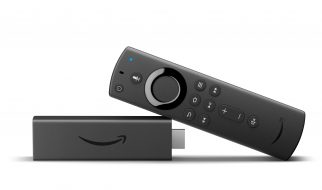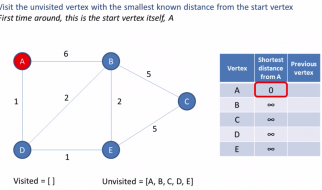Yesterday, Uber announced that is was shutting down UberRUSH. There were talks about ?bold bets? that didn?t work out, and how the lessons learned are being transferred to products like UberEATS. However, there was a lack of any explanation as to why the ?bold bet? didn?t work. Building off a post of mine from a year ago, here are the fundamental reasons why UberRUSH shutdown (and why this was predictable):
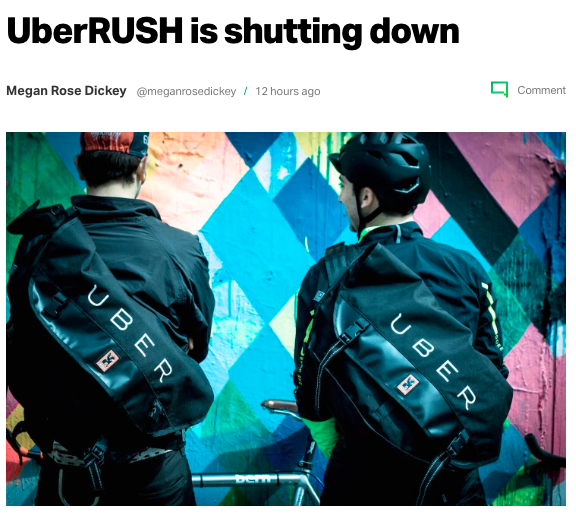
1. The Opportunity Cost of an Uber Driver/Courier was too High
When a delivery job is powered by Uber, Uber uses the same pool of labor across all products. Multiple Uber products rely on the same labor resources, but these products all have different strategic and economic value to Uber.
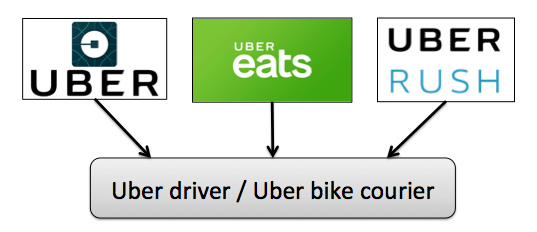
Classic Uber (ride share) is Uber?s core competency. Ride sharing is the focus of their business and allowed them to rapidly expand around the world. The second product, UberEATS, makes money because they have an agreement with partner restaurants in the UberEATS app. When an order is placed through UberEATS, partner restaurants pay Uber ~30% of the order value for ?marketing their food?. However, UberRUSH was a delivery-only product for on-demand package and parcel transportation. It wasn?t ride sharing (core business), and Uber wasn?t making money on the side for marketing a product.
So, when Uber was using a driver/biker to run a delivery for UberRUSH instead of transporting people for ride-share or food for UberEATS, this was a VERY high opportunity cost. Once that labor asset was tied to a UberRUSH delivery, he or she could not service a higher value product during that time such as classic Uber or UberEATS.
2. Unpredictable Work Means High Contractor Turnover
A key part of keeping labor available is to have good predictions of when labor is needed. Uber can offer incentives and use other techniques to make sure people are signed into the app when needed.
Classic Uber has so much consumer adoption that copious amounts of data are available to determine when you need drivers for ride share. UberEATS is fairly obvious? you need labor available when people are hungry which tends to be lunch and dinner time for the most part. However, UberRUSH had sporadic use by various types of clients ranging from consumers sending items across town to businesses sending same-day deliveries.
This is known as highly stochastic demand. It is VERY random and hard to predict. Hard to predict demand means even harder-to-match supply. Unpredictable jobs for couriers and drivers means that couriers and drivers stops signing into the app and find work elsewhere. Uber then has to spend money on Craigslist, or other recruitment platforms to replace the labor. Not a fun cycle since each post can cost $15-$75! In the image below, you can see a snapshot of one day of Uber posts in NYC during 2017.
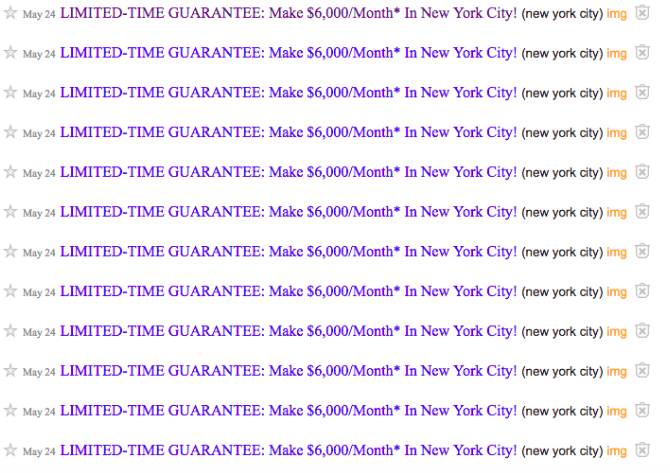
3. Sh#t is Hitting the Fan at Uber
Unless you have been living under a rock, you have ready about the chaos happening at Uber in the last year. Lawsuits, investigations, senior leadership changes, etc. It is hard to make internal, cultural changes at a company as large as Uber. The last thing Uber wants to think about are products that are not core to their strategy or easily making them more money. Removing distractions is necessary to ensure longer term success with Uber ride share and UberEATS.
